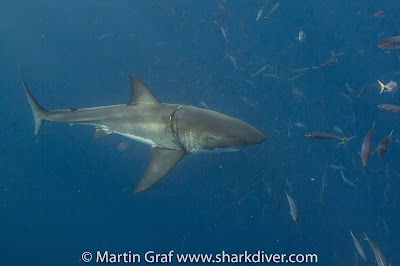What’s eating the brains of sharks and rays in California?

Between February and July, there have been a lot of incidents, where dying or dead sharks and rays have washed up on beaches in San Francisco bay. What is causing them to die?
According to an article in National Geographic, CDFW senior fish pathologist Mark Okihiro, Joseph Derisi, an expert on the genetics of infectious diseases at the University of California, San Francisco and Hanna Retallack, an MD-PhD graduate student have found the answer.
It looks like the culprit is “a well-known fish-killing parasite called Miamiensis avidus.”
The article further states: This appears to be the first case, Retallack said, of Miamiensis avidus infecting wild sharks. It’s noteworthy, she added, because sharks are evolutionarily quite different from the bony fish that have previously been known to suffer infections.
Read the entire article here
Cheers,
Martin Graf
CEO Shark Diver
About Shark Diver. As a global leader in commercial shark diving and conservation initiatives Shark Diver has spent the past decade engaged for sharks around the world. Our blog highlights all aspects of both of these dynamic and shifting worlds. You can reach us directly at staff@sharkdiver.com.









